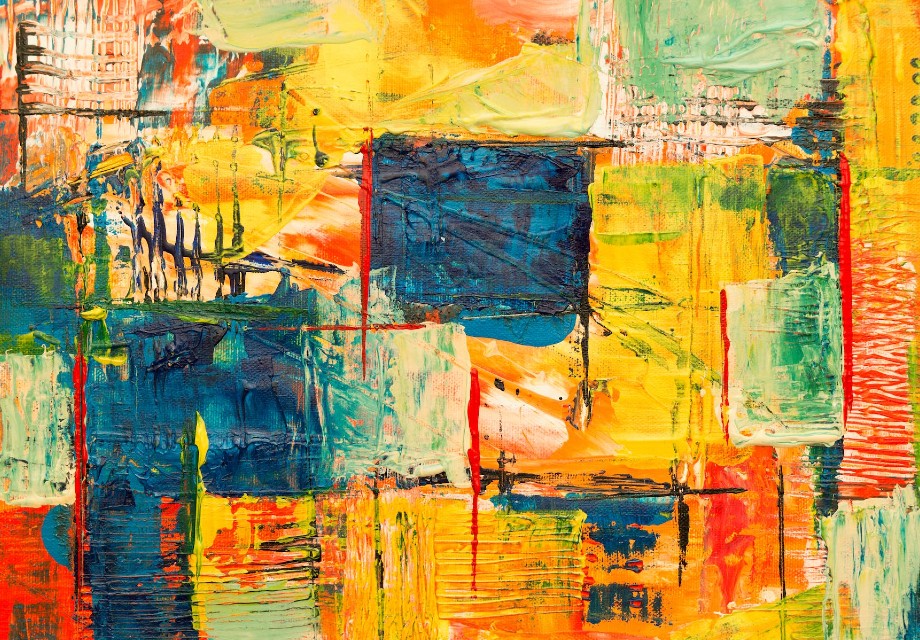
Blog

Art, according to the Oxford English Dictionary, is “the expression or application of human creative skill and imagination, typically in a visual form such as painting or sculpture, producing works to be appreciated primarily for their beauty or emotional power.” From this definition, it may seem that art (imagination and creativity) and truth (reality) oppose each other.
The debate whether or not truth and art oppose each other started way back in ancient times with Plato and Aristotle. For both philosophers, art is a mimesis—that is, an imitative representation of the real world. They are there to help us understand and find truth.
For Aristotle, art reflects a universal truth. It represents a possible, credible truth, like a “pseudo-double” of reality. Poetry, for example, conveys general truths about life, namely what is important or expected in human experiences. Aristotle believes that art is a form of education as its object is to achieve catharsis as “we delight to view [its] most realistic representation of [all objects].”
Plato, on the other hand, thinks that art is purely a visual representation. In his seminal work Republic, Plato supported the idea that art is an imitation of “looks,” thus, distancing humanity from truth. He argues that poets are “imitators of images of excellence and of the other things that they ‘create,’ and do not lay hold on truth.” Poets or artists, according to Plato, create images of things they know nothing of. He says, “The creator of the phantom, the imitator, we say, knows nothing of the reality but only the appearance.” For him, it not possible to represent an object without having knowledge of it, and since man’s knowledge is based only on the now and the superficial, they cannot see the true essence of objects. For Plato, the ultimate reality exists beyond the physical world. Truth, for Plato, lies in the universal visual form of a given object (eidos), and this eidos cannot be accessed through physical appearances only. Art then is just a representation of truth. Art is “made less to explain the mysteries of existence than to invoke them.”
One of the most influential figures of German idealism, Hegel, challenges the theory of mimesis, saying that “appearance itself is essential to essence” (Lectures on Aesthetics). In his thesis, Hegel argues that art is not a mere imitation because it details and visualizes the idea of the object it is depicting. For Hegel, without an artistic figuration, an object would stay abstract and obscure. Art then gives the object an existence by “liberating [its] true content from the pure appearance and deception of this bad, transitory world, and giving [it] a higher actuality, born of the spirit.”
That art can be inherently truthful is also found in realism. Stendhal in The Red and the Black took the study of reality as the basis for fiction and created a story that showed truth. He says, “A novel is a mirror carried along a high road. At one moment it reflects to your vision the azure skies, at another the mire of the puddles at your feet…”
In the same manner, Courbet’s art means being truthful to reality and real-life events. His work A Burial at Ornans is an example of this: the faces are real portraits and the subject is taken from the everyday life of real people. Artists of realism strive to represent life truthfully.
Yes, art can bring man closer to truth. But it can also bring him further from truth, as art, for some, does not necessarily have to represent truth. In idealization, anything represented in art is perceived as perfection or better than reality. Taking stock of Plato’s idea, some Renaissance artists deliberately depicted the idea of perfectionism in their paintings. For example, Palma Vecchio’s A Blonde Woman is not a painting of a real person but his perceptions of the “ideal” woman.
Idealized art depicts subjects in a way that represents an ideal beauty or standard. Venus de Milo by Praxiteles or the Vitruvian Man by Leonardo da Vinci are idealized art because they depict the human form in an almost Godlike way.
But for F. Wellington Ruckstuhl, idealism is the “realization of some kind of an idea, or ideal created by the artist” and that “every human work, from a wedding cake to a cathedral, is a work of idealism because it expresses some idea or conception.” Idealization then is just another representation of truth.
Does art then expresses truth or divorces from it? You decide.
Sources:
Arts Academy in the Woods. “The Importance of Expressing Emotion through Art.” Accessed January 6, 2014. https://www.artsacad.net/the-importance-of-expressing-emotion-through-art/.
Bockius, Chad. “Life Lessons on Art.” Last modified December 24, 2017. https://medium.com/@chadbockius/life-lessons-on-art-da7967d6c9f8
Wikibooks. “Truth and the Arts.” Accessed January 6, 2024. https://en.wikibooks.org/wiki/Truth_and_the_Arts.



